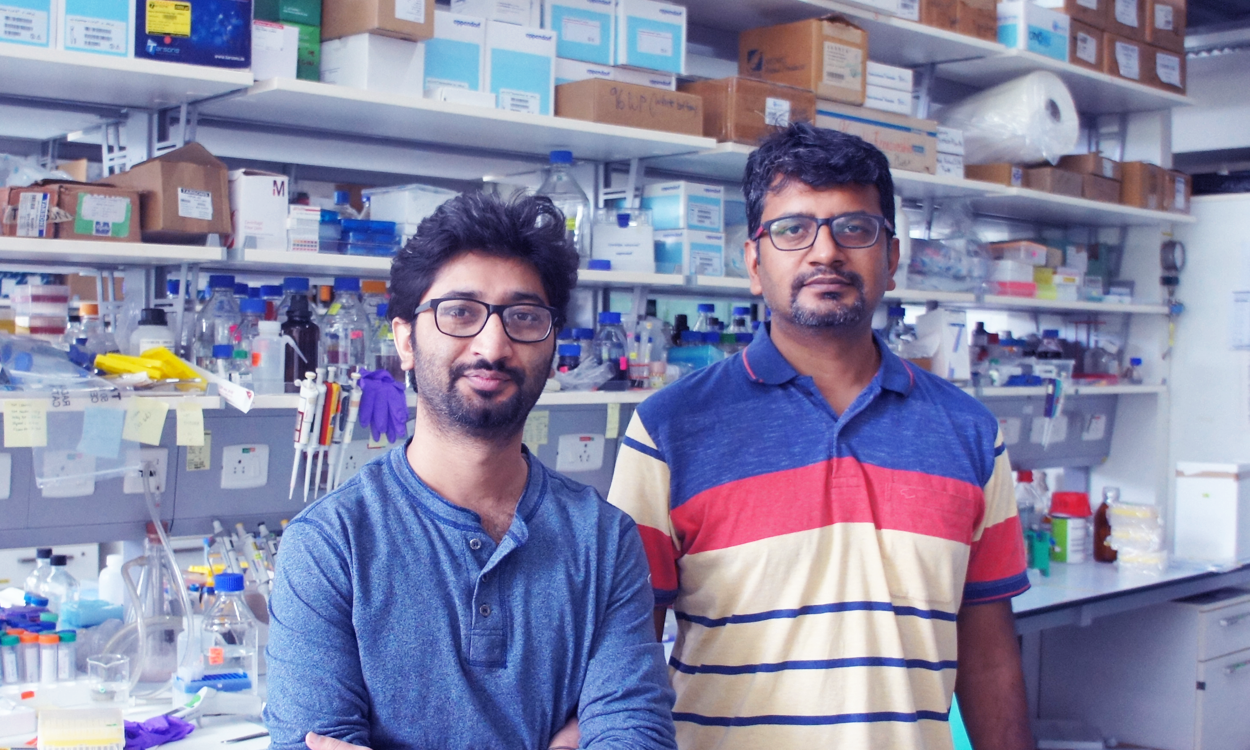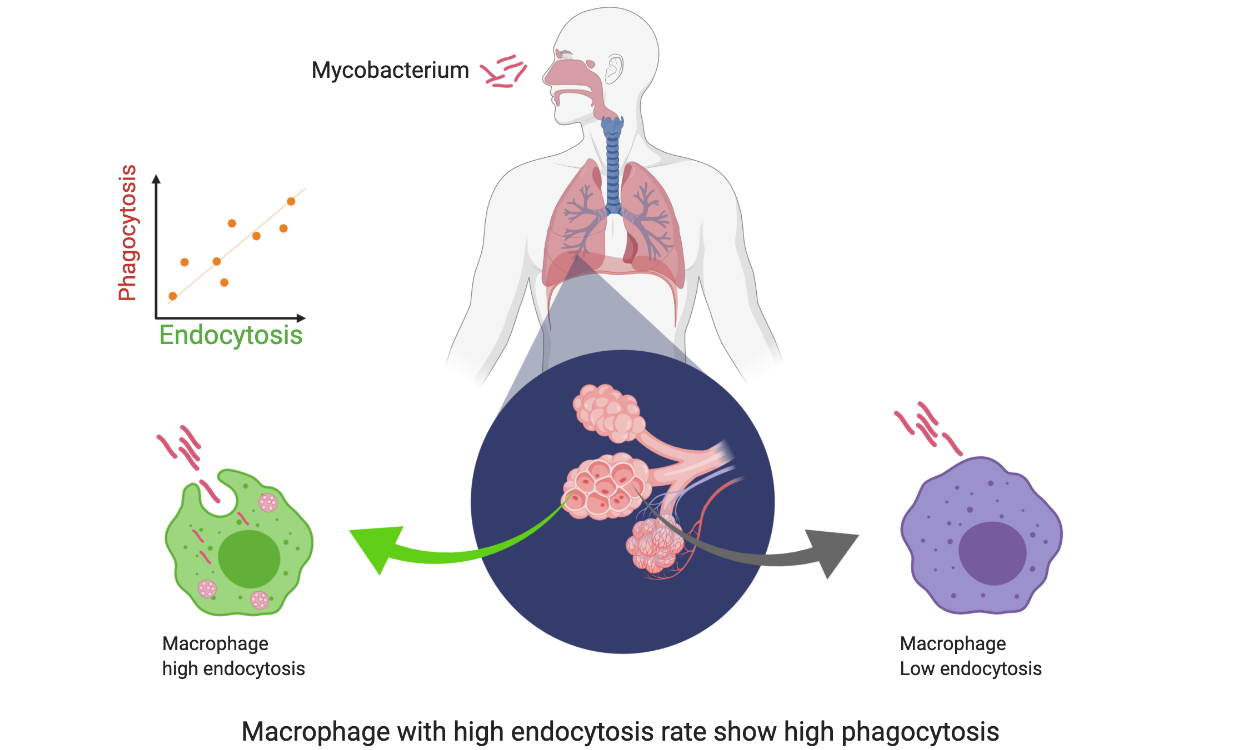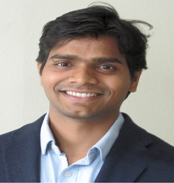
New study suggests those cells that endocytose more are also the ones that tend to get infected by pathogens, such as the dangerous Mycobacterium tuberculosis (Mtb), the bacterium causing tuberculosis.
JUL 15, 2020 | Written by RAJESH D. GUNAGE, RATNESHWAR THAKUR
Immune defense system protects our body from harmful substances, germs and cell changes that could make us ill. Some part of this defense ability we have inherited by birth known as innate immune system, and others - we have acquired after birth from our environment. Our body is under constant attack and macrophage cells play a big role in the innate defense system. Macrophage stand for ‘large eater’ and defend our body by eating disease causing microbes, as well as playing a major role in maintaining tissue homeostasis by ‘eating’ dead cells, cellular debris, through a process called phagocytosis.
Macrophages are pretty efficient in their jobs until pathogen such as Mycobacterium tuberculosis (TB pathogen) use this eating property to enter our body. The big question in understanding macrophage function is the heterogeneity in phagocytic function – why some cells get infected and others not in seemingly identical population - and Dr. Varadharajan Sundaramurthy’s laboratory at National Center for Biological Sciences (NCBS), Bangalore - has been working to understand this problem for the last few years and the results are surprising.
 Kuldeep Sachdeva and Manisha Goel, team members of Dr. Sundaramurthy, found out macrophage that eats a lot have inherently difference in one big property, their rate of endocytosis. Endocytosis involves internalizing foreign molecules by the cell in small membrane packages. Macrophages that phagocytose more have a high endocytosis rate. Interestingly, TB pathogen is known to use cell phagocytic function to enter cells and thus cause disease. In this case rather than cell killing the microbe after eating it, microbe converts the cell into a ‘free hotel room’.
Kuldeep Sachdeva and Manisha Goel, team members of Dr. Sundaramurthy, found out macrophage that eats a lot have inherently difference in one big property, their rate of endocytosis. Endocytosis involves internalizing foreign molecules by the cell in small membrane packages. Macrophages that phagocytose more have a high endocytosis rate. Interestingly, TB pathogen is known to use cell phagocytic function to enter cells and thus cause disease. In this case rather than cell killing the microbe after eating it, microbe converts the cell into a ‘free hotel room’.
Dr. Sundaramurthy laboratory wanted to understand despite being in the same environment, why do some cells get infected, while other cells don't? "This was quite puzzling to us, and we wondered if there could be something fundamentally different between the cells that get infected and those that don't," says Dr. Sundaramurthy.
To address this they used cells in a dish and mouse models. Macrophages in the culture were given fluorescently labelled bead or Mtb and endocytic tracers like dextran. Colored beads serve as a proxy molecule allowing direct measurement of cell’s eating property. After a brief period, cells were observed for beads or Mtb and dextran under the microscope. Interestingly, the cells in the culture showed a two distinct types of population one with ‘high dextran+ high MTB/beads’ and another with ‘low dextran+ low MTB/beads’. This was unexpected as the source of cells was the same at the beginning of the experiment. Mouse model used to study Mtb lung infection also showed two kinds of macrophage population confirming these results.
This study also implies that infection is not a random event; rather some cells are more prone or predisposed to infection compared to others in the same population. Moreover, the fate of Mtb is different in infected cells with higher endocytosis compared to lower endocytosis in subtle ways, showing that further heterogeneity is generated in the bacterium itself. This will have implications for drug tolerance, a phenomenon by which not all Mtb in a population is equally susceptible to the same drug. In the future disease interventions can involve targeting only specific macrophages rather all the cells. Although this is a fundamental discovery, it has larger implications for intracellular infections and drug discovery.
The research team included Kuldeep Sachdeva, Manisha Goel, Varadharajan Sundaramurthy. The study was published in the journal "Traffic."
The study was funded by Ramalingaswami fellowship, Max Plank partner group and core support from NCBS-TIFR.
Journal Reference:
Heterogeneity in the endocytic capacity of individual macrophage in a population determines its subsequent phagocytosis, infectivity and sub‐cellular trafficking
Acknowledgement and Disclaimer:
Authors claim no competing interest. The report is prepared on the basis of inputs provided by the research team.

